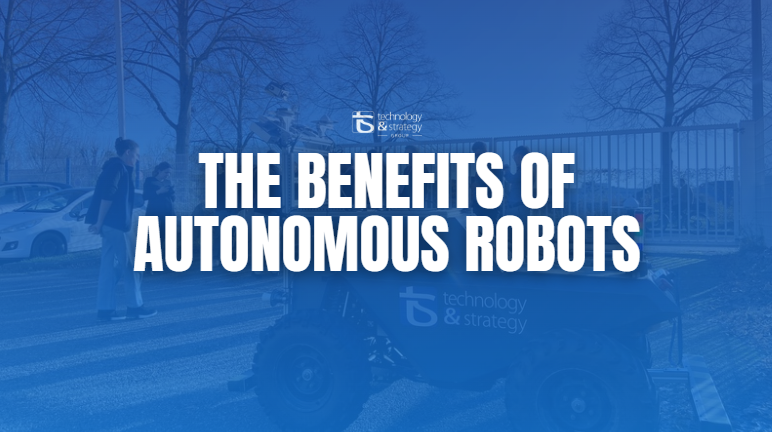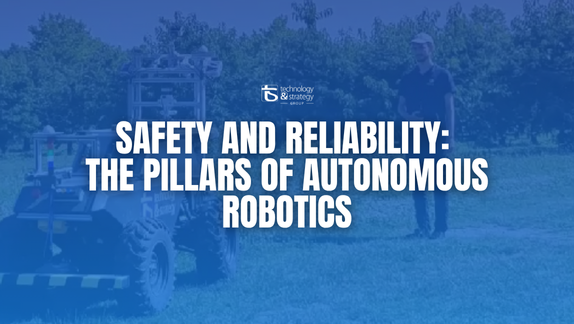Imagine a world where robots can move on their own across rough terrain, farm fields, or construction sites. This vision is becoming real thanks to advanced perception technologies developed by the R&D Center at Englab (T&S), the research and development team focused on intelligent off-road mobility. These innovations allow robots to understand and interact with their surroundings, opening the door to new applications in many industries.
At the center of autonomous robot perception is LiDAR, a remote sensing technology that measures distances with great accuracy. By sending light pulses and measuring how long they take to return, LiDAR creates a detailed 3D map of the environment.
At the R&D Center of Englab (T&S), LiDAR is used in the experimental platform KIPP, an all-terrain vehicle designed to test and validate autonomous technologies in real-world conditions. With a 360° view, LiDAR helps KIPP detect obstacles and move safely, even in complex and unpredictable environments.
To go further in environmental perception, the R&D Center of Englab (T&S) uses multispectral cameras. These advanced sensors capture information beyond the visible spectrum, showing details that the human eye cannot see.
Integrated into KIPP’s perception system, these cameras are especially useful in agriculture. They can, for example, tell the difference between cultivated and non-cultivated land, providing unmatched precision for field operations.
The real power comes from data fusion, which combines information from different sensors. The R&D Center of Englab (T&S) uses advanced algorithms to merge LiDAR, multispectral cameras, and other sensors into one complete and dynamic picture of the environment.
This method allows robots to track multiple objects in real time and quickly adapt to changes around them. Whether avoiding obstacles or planning the best path, data fusion is key for safe and efficient autonomous navigation.
Advanced perception technologies such as LiDAR and multispectral cameras act as the eyes and ears of autonomous robots. They give robots the ability to see and understand their environment with high precision and reliability. Thanks to these innovations, robots can safely move in unstructured environments, opening the way to new applications in different sectors.
In the next article, we will explore how these technologies are used in real-life cases, such as agriculture and environmental monitoring.
Englab's R&D Center (T&S) organizes regular internal demonstrations of its technologies, such as KIPP robots equipped with LiDAR and multispectral cameras. Public visits are not systematic, but it is possible to request a presentation or demonstration by appointment.


Discover the winners of the T&S Sponsorship Program 2025. Technology & Strategy supports 7 organizations driving social and environmental impact across Europe.
READ MORE
Discover how autonomous robots developed at Englab’s R&D Center can positively impact the environment and economy through advanced and sustainable technologies.
READ MORE
Discover how Englab's R&D Center ensures the safety and reliability of autonomous robots through advanced technologies and strict protocols.
READ MORE